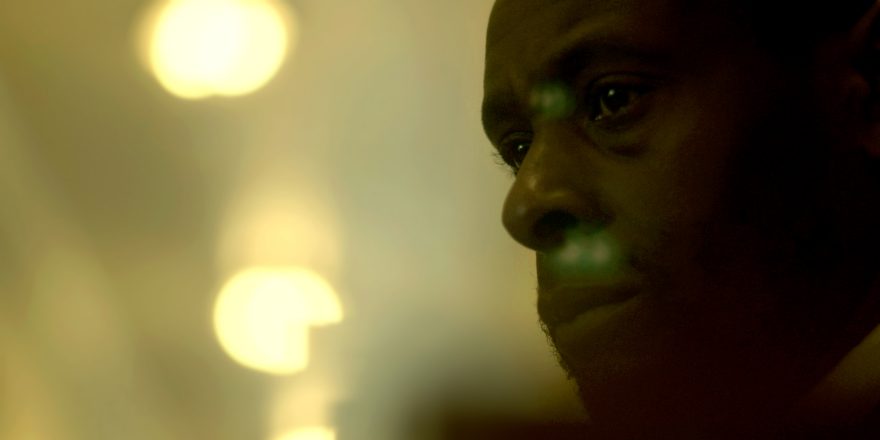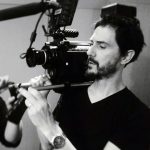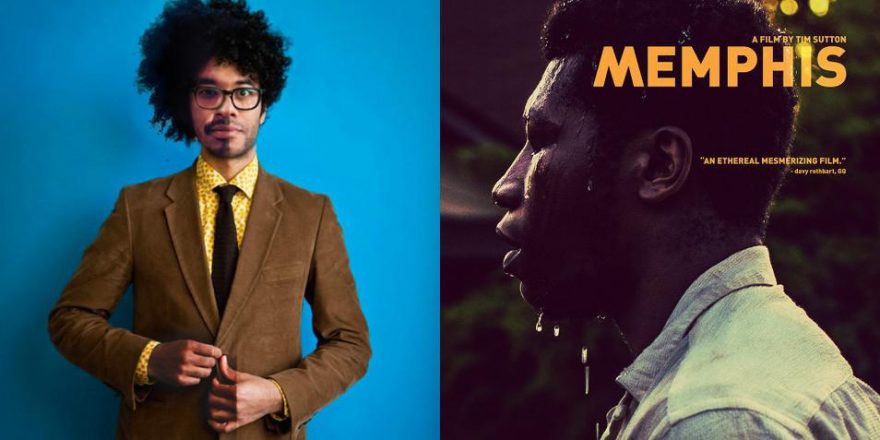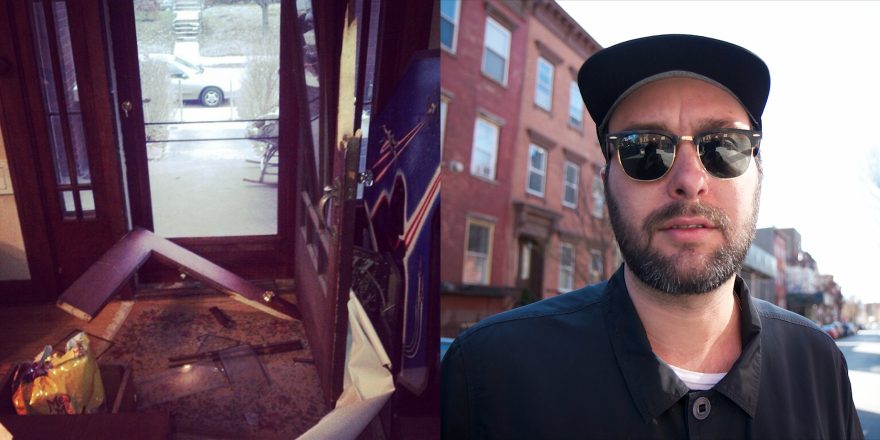It took me 12 years to make Free in Deed. Most of that time, the film was just waiting for a producer to produce it. An early draft of the screenplay was accepted to the Sundance Labs in 2005 and back then I figured, “Well, yay. Watch the money and movie stars come in for a piece of this Sundance action.” That didn’t happen. I wasn’t my best self in those years, besides the fact that the screenplay was about a child dying at church.
A year earlier, I’d seen an international news story about Terrance Cottrell, Jr. and Ray Hemphill. Terrance had died during a prayer service at a small storefront church. Hemphill was accused of suffocating the boy during the “exorcism” and sentenced to three years in prison for felony child abuse.
All of the readers’ comments at the bottom of those news articles raged on about how evil Ray had been, how religion had killed little Terrance. Maybe. It happens. But I also imagined that, in this particular case, Ray’s intentions had likely been good. He wasn’t a sadist. There was a dramatic tension between the cause and the effect.
As a child, I had been raised religious and then deconverted. I felt I held a synthetic point of view that could provide both empathy and objectivity to recreate the experience of those actual events without imposing reactionary condescension.
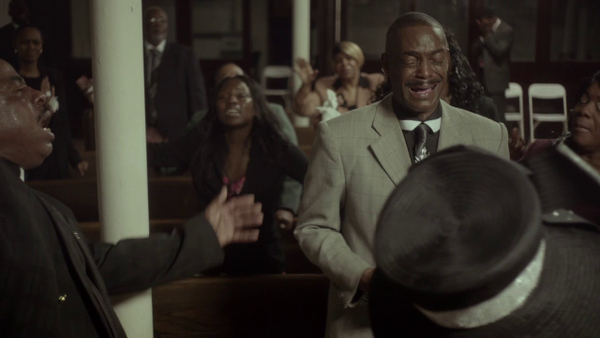
I wrote up a first draft screenplay with a weak concept of narrative process. Back then, I was de-dramatizing the actual events in some misguided attempt at artful restraint. I set my first draft as the main character returns home from serving his prison sentence to discover the inexplicable illness of his own dear child.
Attending the Sundance Labs were a thoroughly good experience; workshopping the script and seeing what actors could bring to dialogue. There was a lot of religious language in the script that didn’t make sense to anybody until it was spoken. Religious-speak, like legalese, creates a virtual reality with a tone of magical authority. It is a coded language primed for subtext.
A few years later, at SXSW with my feature Wellness, I walked out of a Drafthouse screening when some burly, bushy-bearded man accosted me on the street. “Great film! We should talk about your other projects.” And then he bustled off, carrying a bunch of bags. Ha! That’s hilarious! I thought it was a street person joking with me. Then someone over my shoulder said, “You know who that is? That’s producer Mike Ryan. You should definitely talk to him.”
Meanwhile, I wrote to Ray while he was still in prison. He wrote back that, of all the people that had been contacting him over the years, God had told him to respond to me alone. He maintained that he didn’t crush the child. He said he was fully cognizant during the prayer service and would have known if he’d put pressure on the boy’s chest. Nobody had crushed Terrance. But nobody from that exorcism testified in court.
Ray could have been responsible. Or not at fault. The facts were that the boy was obese, on a bad diet, and on very strong pharmaceuticals (that the FDA had officially indicated could sometimes “cause spontaneous death”), all of which persuaded me of a possibility that the poor man with uncommon religious beliefs might be easier to prosecute than a billion-dollar drug corporation. Faith and denial can go both ways.
When Ray got out of prison, I went to Milwaukee several times to meet with him and the community at his church. I finally understood the larger context of this story. I completely rewrote the screenplay to depict an elliptical version of actual events with an eye toward authenticity. The rising tension of the healing efforts that may be helping or killing a child at the very same time was already there.
I modeled this new version of the film on the Blues. It would have a refrain in the story structure. No irony. No agenda. No cinematic flourishes of suspense or sentimentality. Appending a “message” would be bogus and trite. The simple act of describing events would define its artistic quality. The decision to make the film was the art, nothing else.
Mike and I spent a few years circling. I discovered Mike was opinionated but not stubborn. He will openly share his criticism and point of view (bless grown adults who have a well-earned, non-diktat point of view) and yet he will just as readily consider and evaluate new information. Because he is direct and plain-spoken, he is not manipulative or passive aggressive. He is not status-oriented. He is well-read and he appreciates art, distinct from its popular appeal.
We finally locked in together and Mike got the film up. We would receive a very small amount of private money for the film if we cast the two main roles. We offered the lead role to several excellent American actors. No one would commit. It was low-budget. And it was an inherently risky project. And there were probably other reasons.
So we went with a Brit, David Harewood. I still don’t know if he was desperate or naïve or both. But despite his recognition on TV and stage, he hadn’t yet been offered a lead role in a feature. The experiences depicted in the film were foreign to him and he had none of the background that would inform (nor the baggage that would bias) his view of the material. Having never set foot in a church, he still loved the screenplay and his character. He committed to the project on his honor and did a great job playing an epic, archetypal character.
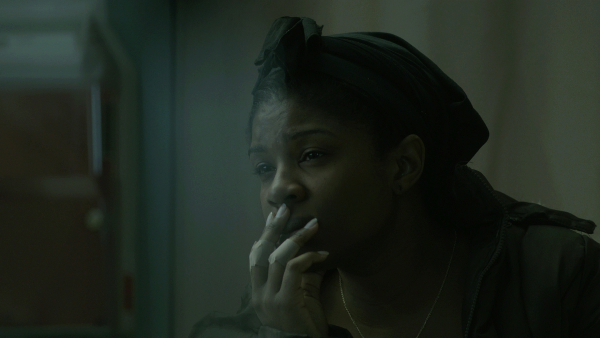
Edwina Findley Dickerson followed. When her name was suggested, I scoured clips online and saw some bits from Tremé. Straight away I knew she was perfect for the role, a grounding element versus David’s more internalized, iconic character. “But how does my character wear her hair? What accent does she talk in? Where’s her mother and sister at? And how could she grow up without going to church, at all?” Great questions, and she created a perfect characterization.
In Memphis, we prepped for five days while still trying to sort the total budget; while requesting the camera package from New York; while waiting for more money (or not); and also planning for different versions of the film. Everyone seemed excited. I just felt numb. I was distinctly aware that the film I had been meaning to make was not ready, and yet we started filming.
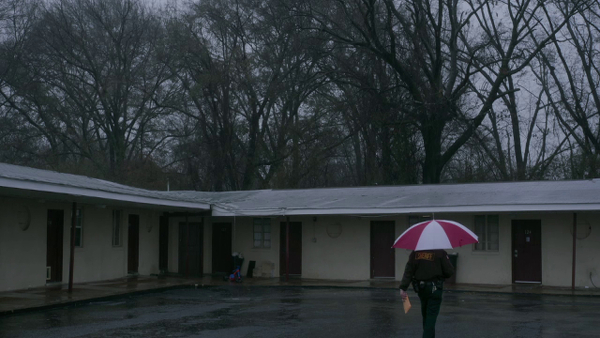
Fortunately, we were in the right place. Anywhere you turn, the shot was dressed and ready. Memphis has an epic reputation for soul. The historical talent among the people in the city is profound. And there are small storefront or home-based churches on almost every corner. It is a unique place in the world. It was the perfect location, culturally and aesthetically and symbolically.
We were all well aware that we were making a film that would not appeal to a lot of people. Yet the importance of its story is undiminished. Our standard for success was defined by a degree of authenticity to the subject rather than returns from the market. There is no false pride or self-satisfaction in that. It’s the kind of film this project happened to be. We were lucky we could afford it, but it does come at a serious cost. It doesn’t do much for anybody’s career. It eats one’s own earned money. It costs relationships and a ton of time away from family and friends. The stress, hours and diet affect one’s health. This is true for most filmmaking, anyway.
Lordy, how can anyone sustain it? Mike plays the long game. His goal is to make a good film, not just a decent production. Nobody gives a shit if the project is on-time and under-budget if it wasn’t worth making in the first place. After decades in the business, Mike is nothing but practical. But isn’t it the opposite of practical to make these kinds of movies? That don’t pay any money, ever?
Teamwork. Several people making time-shares of their smaller sacrifices may sustain this process. Michael Bowes and Brent Stiefel also produced with Mike on the ground and made great consistent efforts to get the film made and finally into U.S. theaters. Their methodical commitment, devoid of cynicism, earn my deep respect.
I’m grateful to the people who invested a portion of their lives in the project. Because despite everything above, the film stands on its own merit independently of how it was made or who made it.



